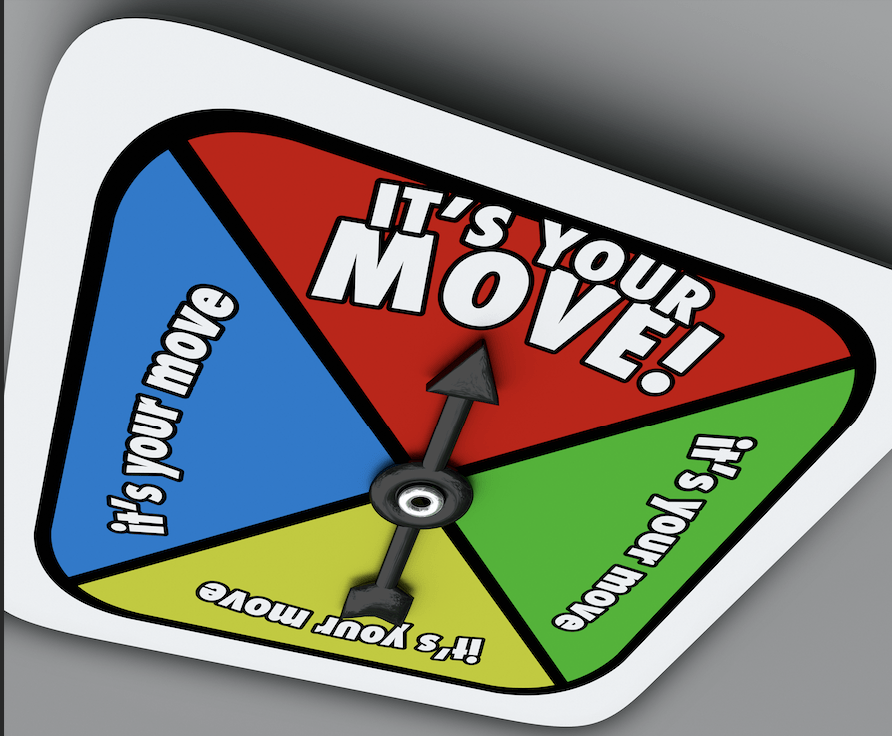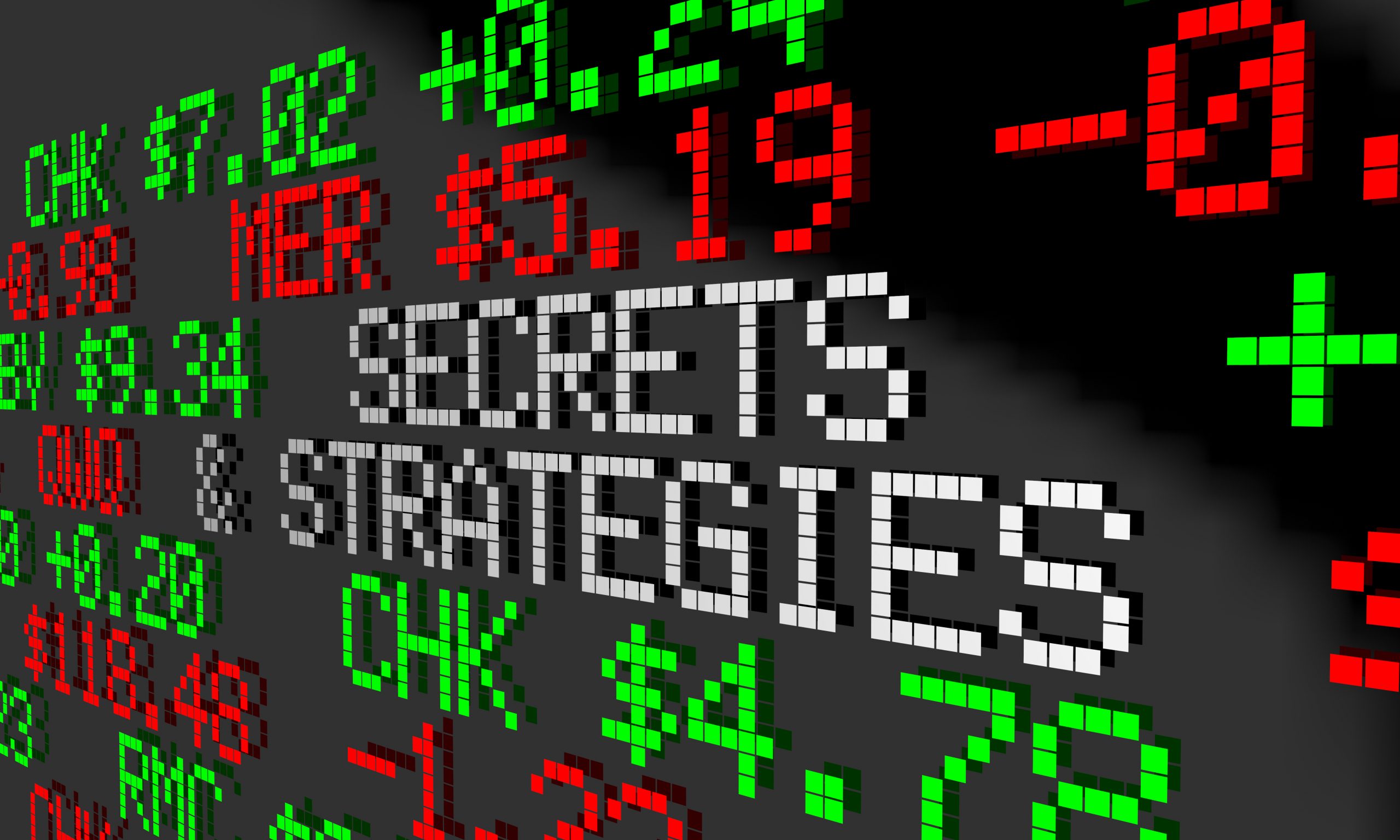Outsmarting the Machines
Be prepared when the algorithms switch from BUY to SELL
In his cutting-edge 1950s I, Robot science-fiction stories, Isaac Asimov created a world where robots gained more than a bit of world-wise experience and insight.
The stories center on how the robots’ knowledge, intelligence, understanding and wisdom affect their relationships with humans. Have Wall Street’s robotic trading algorithms crossed such a milestone, and do the machines know more than they let on?
Probably not. However, thousands of servers and computers networked across the globe are causing an explosion of access to data and analysis. The markets aren’t immune to the profound impact.
During the last year or so, despite historic countervailing forces, the invisible hand of the market (which includes significant AI-trading) has turned on the “BUY” machines, and a bull market has driven up the markets ever since.
Complacency lingers, but concerns about the downside will inevitably develop, even while new market highs are purchased and printed nearly every day. In a sci-fi tale, this might constitute a brilliant but sinister plan directed by a robot without rules, but this isn’t science fiction.
When the BUY turns into SELL, traders should know what to do. That’s why this issue’s cheat sheet was built with a market downturn in mind and covers strategies to soften the blow of a market blowout. The first and most important strategy is the covered call, which turns a long stock position from a passive trade that makes money on direction into an active trade that makes money with direction, time and volatility.
Next, look at what happens when traders add downside protection by generating long volatility positions. If the market is selling off, volatility increases, making calendar spreads and diagonal spreads great candidates for trades.
Finally, look to add a negative delta and build options trades so that profit potential favors the downside.
Covered Call
For every 100 shares of stock, sell one call
Use the 30-delta level for a strike
Duration of the call should range from 30 to 60 days
Time Spreads
Both calendars and diagonals benefit from a rise in IV
Sell a short duration option with 45 days or fewer
Buy a long duration option of between 60 and 90 days
Negative Delta
Some positions benefit from movement to the downside
Long volatility (VIX)
Long “flight to safety assets” (precious metals, bonds)
Short call strategies and long put strategies
Mike Hart, a former floor trader at the Chicago Stock Exchange
and a proprietary futures trader, specializes in energy markets
and interest rates. He’s a contributing member of the tastytrade research team. @mikehart79




















